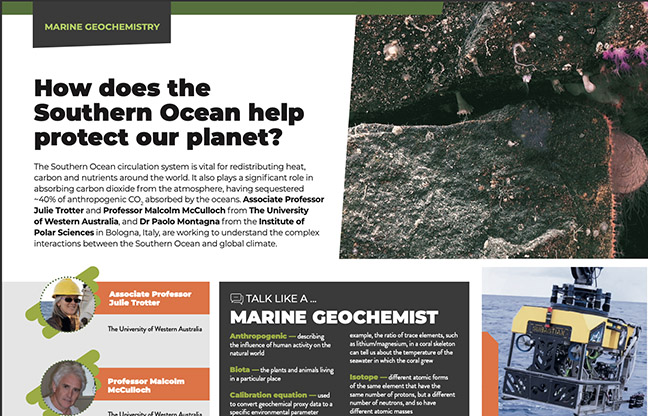
The Edge Expands: Alterations in Ocean Color Amidst a Warming Climate
Within the complex fabric of the ocean, a change is taking place, characterized by shifting colors. Recent studies show that oceans, especially close to the poles, are undergoing a color transformation—becoming greener, while subtropical waters are becoming increasingly blue. This occurrence is not just a visual phenomenon but an indicator of significant ecological transformations. Phytoplankton, the microscopic giants of the ocean, are pivotal to this change. Similar to their counterparts on land, they capture sunlight for growth, yet as sea temperatures rise, their growth behaviors are changing. These organisms are essential, as they constitute the base of marine ecosystems and are instrumental in carbon dioxide capture. The effects of their changing distribution patterns are extensive, potentially influencing marine biodiversity, the fishing sector, and coastal economies.
An extensive investigation employing satellite information from 2003 to 2022 has charted this change, concentrating on chlorophyll as a marker for phytoplankton. The results uncover a clear trend: increasing chlorophyll concentrations near the poles and diminishing levels in the subtropical regions, particularly evident in the Northern Hemisphere. This alteration emphasizes a growing inequality in ocean productivity, with the “greener green and bluer blue” scheme reflecting shifts in ecosystem equilibrium. The possible consequences include transformations in food chains and economic upheavals, such as reduced fish populations. Grasping these alterations is vital for anticipating the future repercussions of a warming planet on marine organisms and human communities alike. As we persist in investigating and comprehending these transformations, the results act as an essential reminder of the fragile equilibrium within our oceans and the wider effects of climate change.